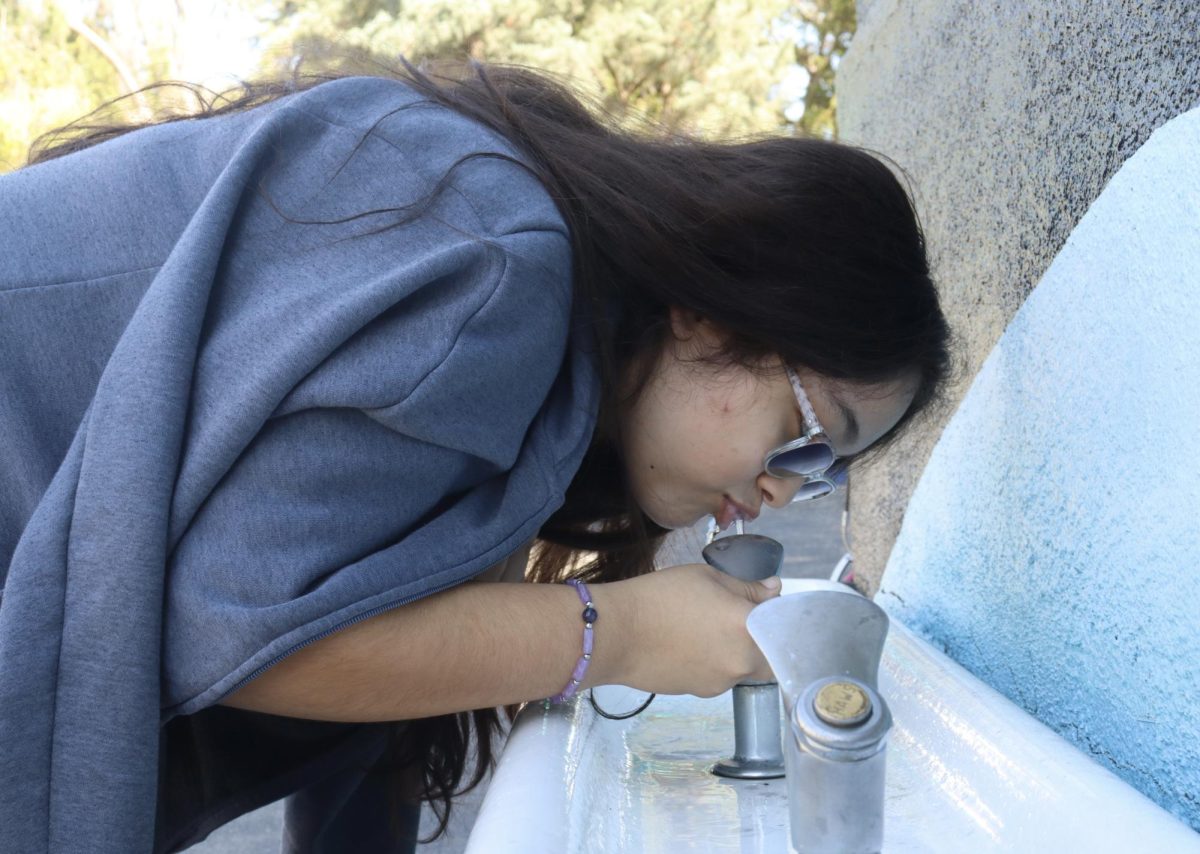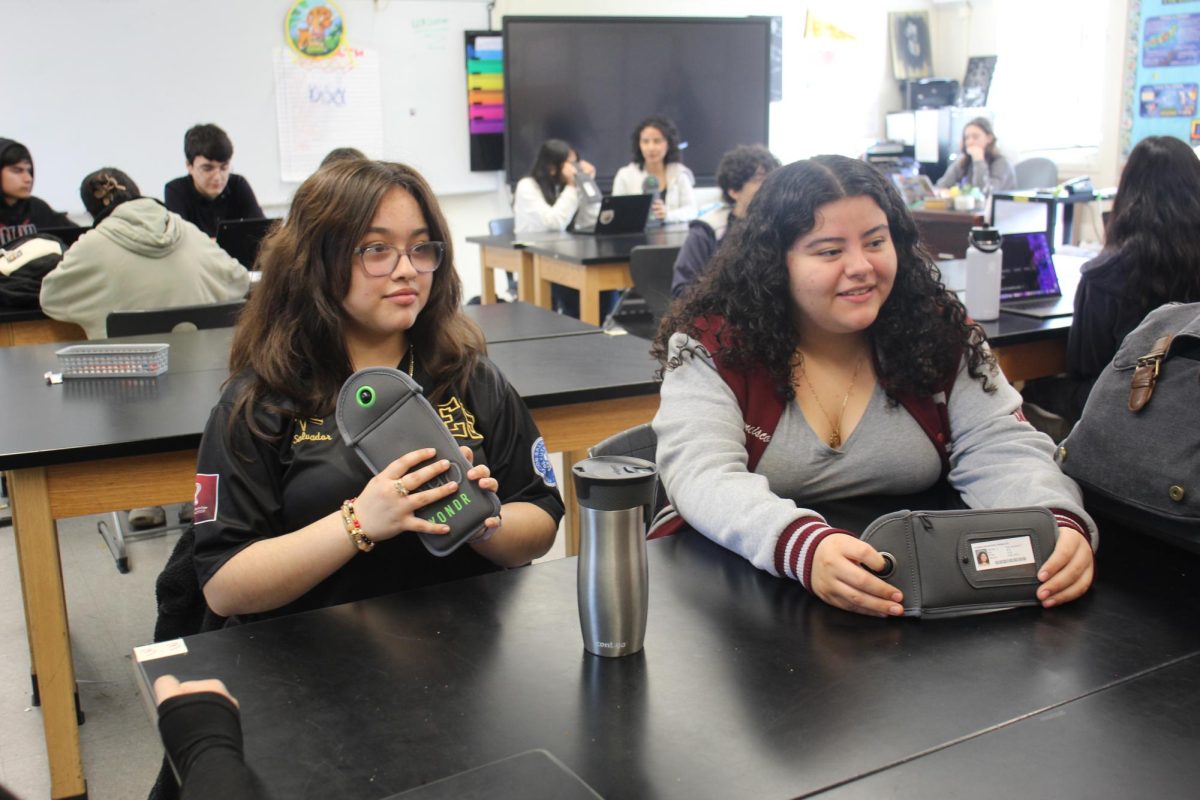A previous version of this article said six out of 11 fountains were shut off. However, the correct ratio is six out of 16 fountains. This was edited on Oct. 6.
Since six out of 16 water fountains were shut off on Jan. 25 due to unsafe concentrations of lead, students have expressed their disbelief and concerns that the fountains have not yet been fixed and reopened.
“It’s honestly shocking,” freshman Valerie Sanchez said. “People are thirsty, especially in this heat, and something needs to be done.”
After a Jan. 20 test as part of the district’s comprehensive water quality program, the school found hazardous concentrations of lead ranging from 17.245 parts per billion (ppb) to 65.3 ppb in fountain water. Los Angeles Unified School District (LAUSD) alerted Daniel Pearl Magnet High School (DPMHS) families of the discovery in a letter sent out on March 7, announcing the upcoming institution of stricter requirements that would limit lead in drinking fountain water to 5 ppb or less.
According to an LAUSD spokesperson, there are no current plans to restore service to the fountains due to the student-to-fountain ratio on campus still exceeding the standard set by the Uniform Plumbing Code. However, affected fixtures may be removed entirely.
“Daniel Pearl Magnet’s drinking water outlet infrastructure currently supports 1,350 students,” the LAUSD spokesperson said in an email. “The school currently has 219 enrolled students.”
After an alarming increase of lead in the water of school water outlets since 2018, California lawmakers passed Assembly Bill 249, which requires all kindergarten to 12th grade schools built before 2010 to test water outlets for lead concentrations. Gov. Gavin Newsom will make a final decision before Oct. 14 to either sign or veto the measure.
Lead poisoning presents a serious health risk to everyone, especially children and teenagers who are still developing. According to the Centers for Disease Control and Prevention, some of the dangers include permanent damage to the brain and nervous system, behavioral problems and underperformance in school. The objective of LAUSD’s stricter requirements is to prevent these harmful effects.
With the current high temperatures, being outside can cause dehydration among students. From participating in P.E. to playing soccer in the grove, unavailable water fountains means limitations to where a student can access water on campus.
“People get active playing sports such as volleyball, soccer and basketball and you get thirsty under that heat,” senior Shawn Abram-Marsden said. “They have to get water somehow.”
Despite some water fountains not working, students have other ways to stay hydrated throughout the day. Students have been mainly bringing their own water.
“What I usually do is bring extra water, like around three water bottles,” Sanchez said. “In this heat, I can usually drink up to six water bottles.”
Students are not the only ones taking initiative. Through this warm weather, DPMHS staff take further initiative to protect its community from the potential risks of dehydration.
“To ensure students stay hydrated and safe during high temperatures, campus staff are instructed to remain vigilant and modify campus activities to ensure the safety of the school community,” the LAUSD spokesperson said. “Cooling areas may also be opened on campus.”
Though the student-to-fountain ratio on campus still exceeds the standard amount set by the Uniform Plumbing Code, some students feel the need to increase the number of water fountains accessible to everyone.
“We as students need water because we get thirsty,” Marsden said. “It needs to be fixed as soon as possible somehow.”
















